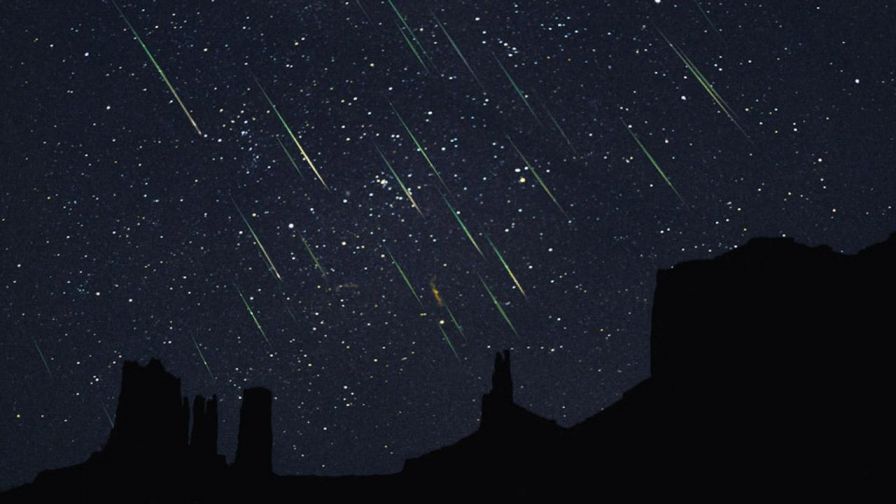World News – If you like shooting stars, you’re in luck. The annual Lyrid meteor shower got going this year on Monday, April 16 and is expected to peak in the early morning on Sunday, April 22.
Your best bet for seeing the action will come after the moon sets at around midnight local time. Find an area far from sources of light and buildings or other possible obstructions, lie face-up on a blanket or lawn chair with your feet facing east, and simply look up.
“Take in as much sky as you can,” Bill Cooke, a meteor expert at NASA’s Marshall Space Flight Center in Huntsville, Alabama, told NBC News MACH in an email.
Like all meteor showers, the Lyrids are caused by fast-moving bits of space debris that create bright streaks when they collide with Earth’s atmosphere and burn up. In this case, the debris comes from a comet known as C/1861 G1 Thatcher (Comet Thatcher for short) as it orbits the sun.
The Lyrids aren’t as spectacular as the Perseids, which return each August. But with the first recorded sighting of the Lyrids going all the way back to 687 B.C., they’re the oldest known meteor shower.
Skywatchers should expect an average display this time, Cooke said. Though the Lyrids have been known to produce up to 90 meteors per hour, this year most people should expect to see about 10 per hour.
“Still,” he said, “ya never know…”
by NBC MACH

